How To Use A Hand Held Metal Detector ?
To use a hand-held metal detector, first, turn it on and allow it to calibrate for a few seconds. Then, hold it at a slight angle and move it over the surface area you want to scan. Make sure to keep the search coil parallel to the surface being scanned and avoid interference from other metal objects or electronic devices. As you move the detector over the area, listen for a beep or see a flashing light when metal is detected. Slow down and scan the area more carefully when you hear a tone or see a light. You can also adjust the sensitivity of the detector if necessary. When you find the metal, you can pinpoint the location more precisely by scanning in a circular motion or up and down the detected area. Always follow any instructions provided with the specific hand-held metal detector as different models may have different features and requirements.
1、 Basic operation of a hand held metal detector
Basic operation of a hand held metal detector involves a few simple steps. First, turn on the device by pressing the power button. Once the device is on, hold it in your hand and move it slowly over the area you want to scan. The detector will emit a sound or vibration when it detects metal. To pinpoint the exact location of the metal object, move the detector back and forth over the area until the sound or vibration is strongest.
It is important to note that different types of metal detectors may have different settings and features. Some detectors may have adjustable sensitivity levels, which can be useful for detecting smaller or deeper objects. Others may have different modes for different types of metal, such as gold or silver.
When using a hand held metal detector, it is important to follow safety guidelines and use the device responsibly. For example, avoid scanning near electronic devices or other sources of interference, as this can affect the accuracy of the detector. Additionally, be aware of any local laws or regulations regarding the use of metal detectors in public areas.
In recent years, hand held metal detectors have become increasingly popular for a variety of applications, including security screening, treasure hunting, and hobbyist metal detecting. With advances in technology, these devices have become more accurate and user-friendly, making them a valuable tool for many different purposes.
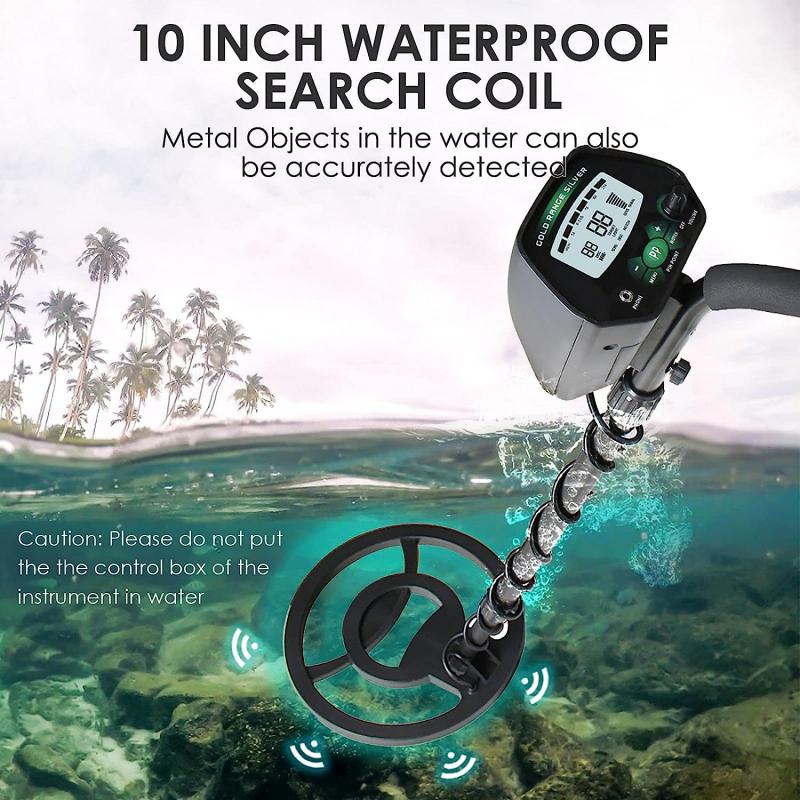
2、 Proper scanning techniques for maximum accuracy
How to use a hand held metal detector:
Using a hand held metal detector is a simple process that requires a few basic steps. First, turn on the device and allow it to calibrate for a few seconds. Next, hold the detector parallel to the ground and begin scanning the area you wish to search. Move the detector in a slow, sweeping motion, making sure to cover the entire surface area. When the detector detects metal, it will emit an audible signal and/or vibrate, indicating the presence of metal.
Proper scanning techniques for maximum accuracy:
To ensure maximum accuracy when using a hand held metal detector, it is important to use proper scanning techniques. This includes holding the detector parallel to the ground and moving it in a slow, sweeping motion. It is also important to maintain a consistent distance from the surface being scanned, as this can affect the sensitivity of the detector. Additionally, it is important to scan in a systematic pattern, covering the entire surface area in a methodical manner.
In recent years, there has been an increased focus on the use of hand held metal detectors in security settings, such as airports and schools. As a result, there has been a greater emphasis on training individuals in proper scanning techniques to ensure maximum accuracy and effectiveness. This includes training on how to properly hold and operate the detector, as well as how to interpret the signals emitted by the device. By using proper scanning techniques and receiving proper training, individuals can effectively use hand held metal detectors to enhance security and safety in a variety of settings.

3、 Understanding the different types of metal signals
How to use a hand held metal detector:
1. Familiarize yourself with the device: Before using a hand held metal detector, it is important to read the user manual and understand how the device works. This will help you to use the device effectively and avoid any potential safety hazards.
2. Turn on the device: Most hand held metal detectors have a power button that needs to be pressed to turn on the device. Once the device is turned on, it will start emitting a signal.
3. Sweep the device over the area: Hold the device parallel to the ground and sweep it over the area you want to search. Move the device in a slow and steady motion to ensure that you cover the entire area.
4. Listen for the signal: When the device detects metal, it will emit a signal. The signal can be in the form of a beep, vibration or a flashing light. Listen for the signal and use it to locate the metal object.
5. Pinpoint the location: Once you have detected the metal object, use the device to pinpoint its location. Move the device in a circular motion over the area to determine the exact location of the metal object.
Understanding the different types of metal signals:
Hand held metal detectors can detect different types of metal signals. Some devices can detect all types of metal signals, while others are designed to detect specific types of metal signals. The most common types of metal signals are ferrous and non-ferrous metals.
Ferrous metals are metals that contain iron. These metals are magnetic and can be detected by a hand held metal detector. Non-ferrous metals, on the other hand, do not contain iron and are not magnetic. These metals can be detected by a hand held metal detector that is designed to detect non-ferrous metals.
In addition to ferrous and non-ferrous metals, some hand held metal detectors can also detect gold and silver. These devices are commonly used by treasure hunters and prospectors to locate precious metals.
The latest point of view on hand held metal detectors is that they are becoming increasingly popular in a variety of industries, including security, construction, and archaeology. These devices are easy to use and can quickly detect metal objects, making them an essential tool for many professionals. As technology continues to advance, hand held metal detectors are likely to become even more accurate and efficient, making them an even more valuable tool for a wide range of applications.

4、 Tips for detecting metal in various environments
How to use a hand held metal detector:
1. Familiarize yourself with the device: Before using a hand held metal detector, it is important to read the user manual and understand how the device works. This will help you to use the device effectively and avoid any potential safety hazards.
2. Turn on the device: Most hand held metal detectors have a power button that needs to be pressed to turn on the device. Once the device is turned on, it will emit a beep or a vibration to indicate that it is ready to use.
3. Sweep the device over the area: Hold the device parallel to the ground and sweep it over the area you want to search. Move the device slowly and steadily to ensure that you cover the entire area.
4. Listen for the beep: When the device detects metal, it will emit a beep or a vibration. This indicates that there is metal in the area and you should investigate further.
5. Investigate further: Once you have detected metal, use the device to pinpoint the exact location of the metal. This will help you to determine the size and shape of the object and whether it is worth digging up.
Tips for detecting metal in various environments:
1. Beaches: When detecting metal on the beach, it is important to focus on areas where people tend to congregate, such as near beach volleyball courts or picnic areas. Also, be sure to check the tide line, as this is where items are often deposited.
2. Parks: In parks, focus on areas where people tend to sit or play, such as near benches or playgrounds. Also, be sure to check around trees and bushes, as people often lose items while sitting or playing in these areas.
3. Construction sites: When detecting metal on construction sites, focus on areas where digging or excavation has taken place. Also, be sure to check around piles of dirt or debris, as items can often get buried in these areas.
4. Historical sites: When detecting metal at historical sites, be sure to obtain permission from the site owner or manager before beginning your search. Also, be sure to focus on areas where people would have congregated, such as near buildings or gathering places.
5. Latest point of view: With the advancement of technology, hand held metal detectors have become more sophisticated and accurate. Some devices now come equipped with GPS technology, which allows users to mark the location of their finds and track their progress over time. Additionally, some devices now have the ability to differentiate between different types of metals, which can be helpful in determining the value of the item.
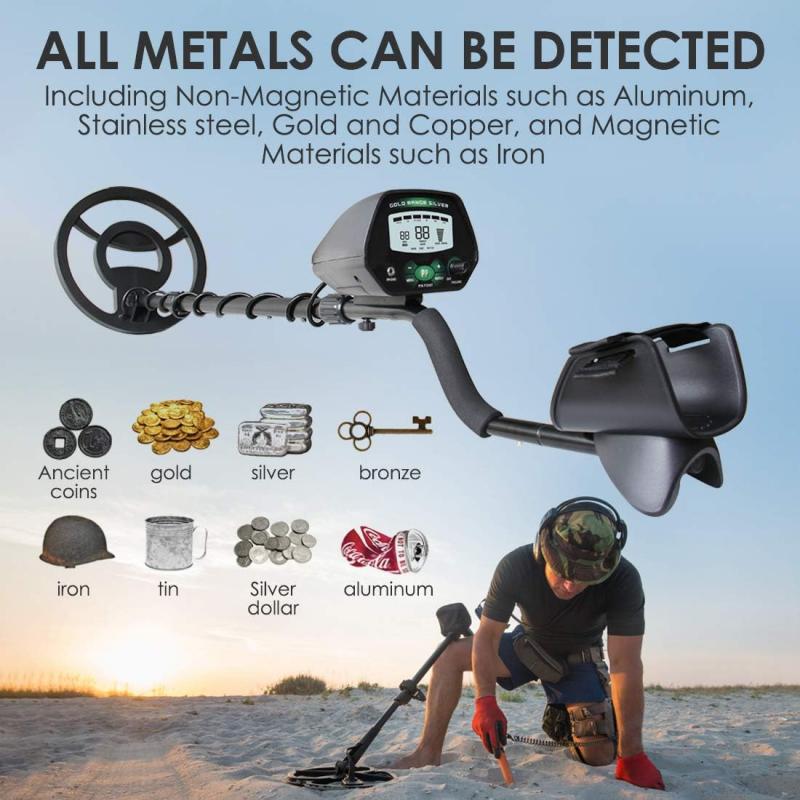

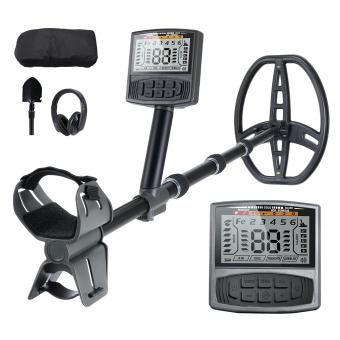
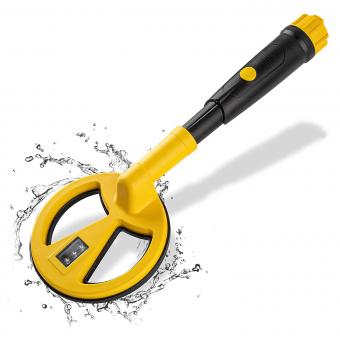

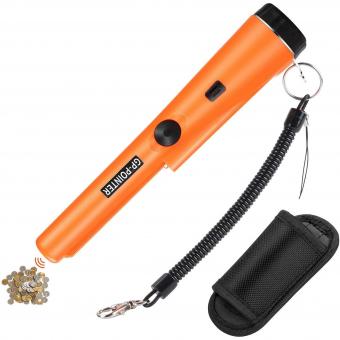
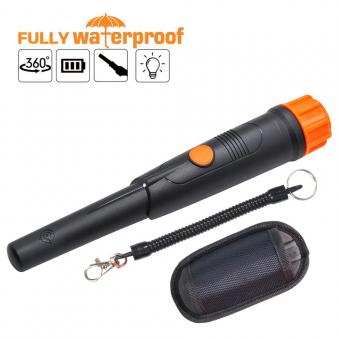
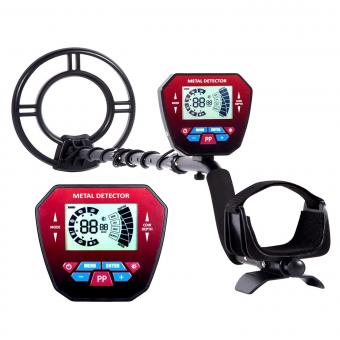
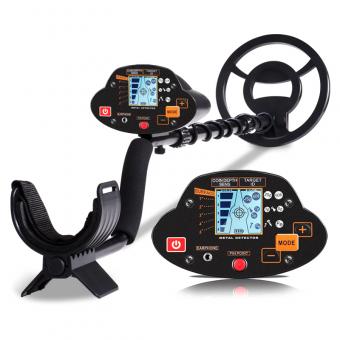

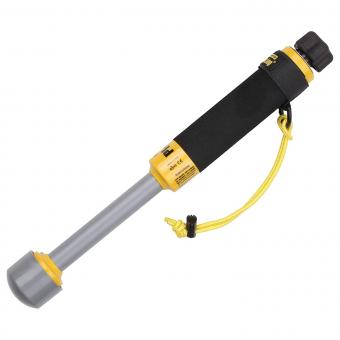





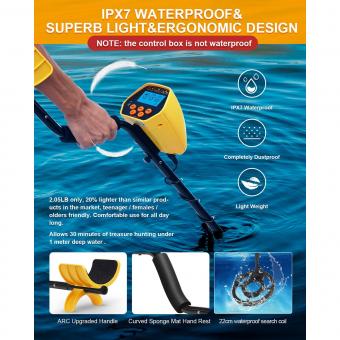



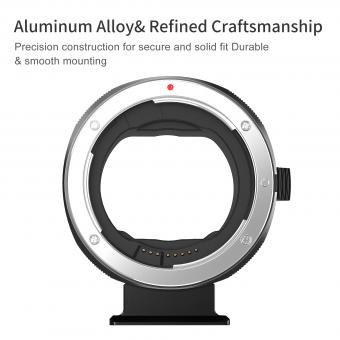


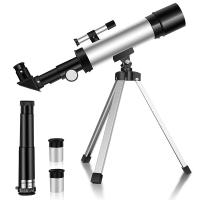



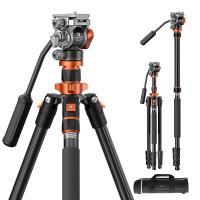
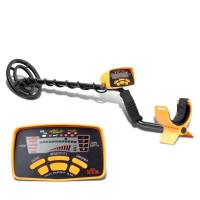
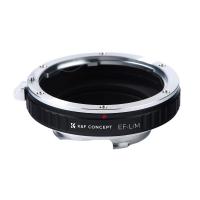

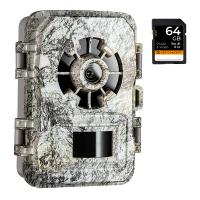




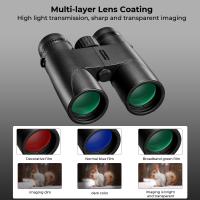

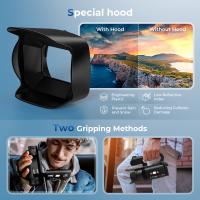
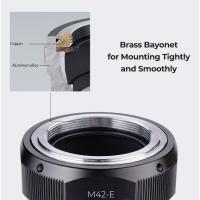
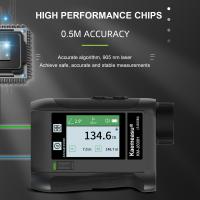
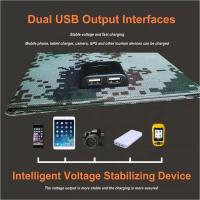
There are no comments for this blog.